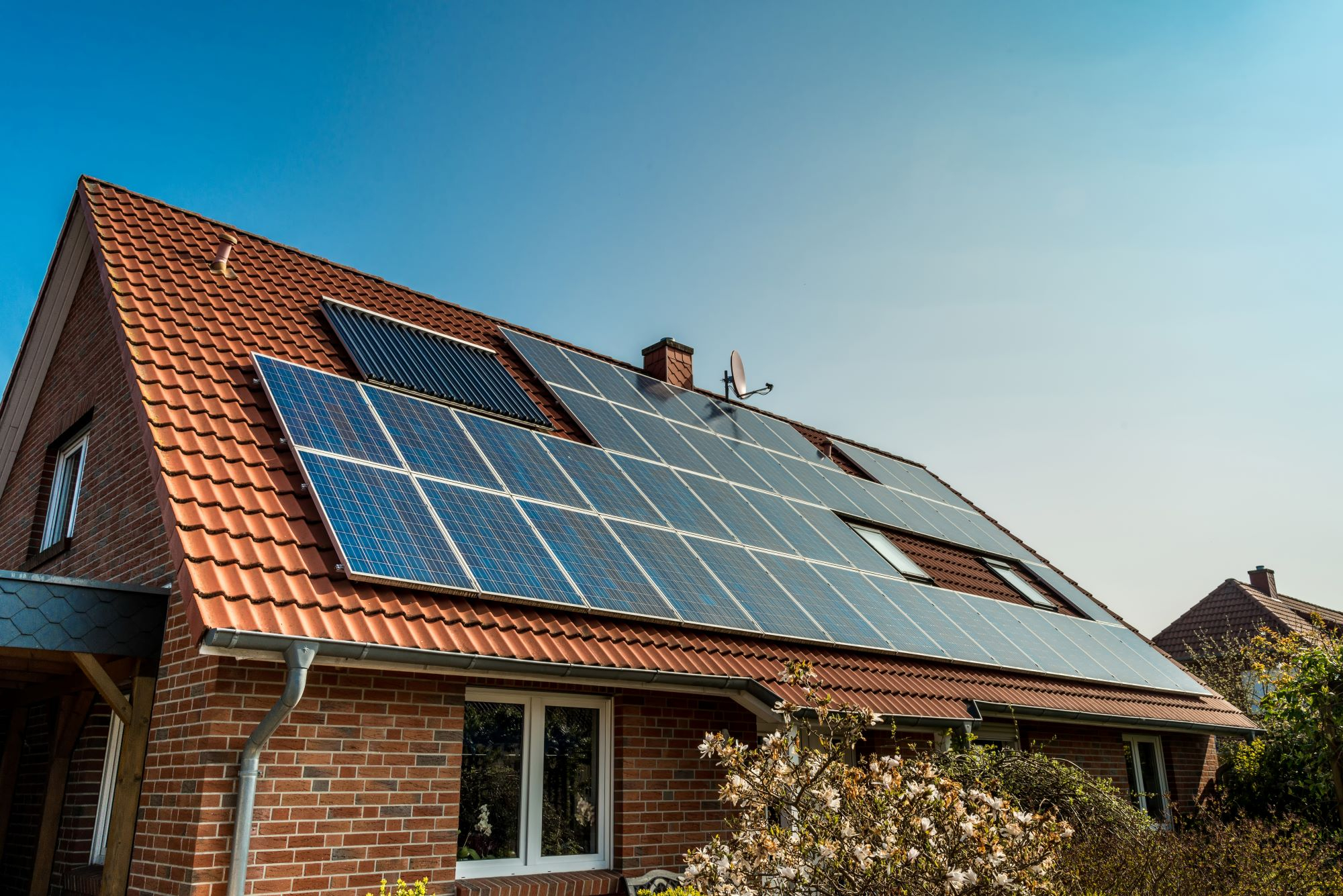When investing in a home solar system, one of the critical considerations is the return on investment (ROI). After all, it’s best to ensure that your solar panels generate clean and sustainable energy and provide financial benefits in the long run.
Why is it essential to increase the ROI? Well, a higher return on your solar investment means you’ll be able to recoup the upfront costs more quickly and save on your electricity bills sooner. It’s a win-win situation for both your wallet and the environment.
One way to increase your ROI is through regular residential solar panel maintenance. Keeping your panels in top shape ensures they operate at peak efficiency, allowing you to generate more energy and ultimately save more money. Simple tasks such as cleaning the panels and monitoring their output can prevent costly damage and prolong the lifespan of your system.
But that’s just the beginning. There are other ways to increase your ROI. So, keep reading to dive deeper into ways to boost your home’s solar system ROI.
Invest In Anti-Reflection Coatings To Increase Cell Efficiency
Investing in anti-reflection coatings is one effective way to increase your home solar system’s ROI. Anti-reflection coatings reduce the light that bounces off the solar panel and back into the atmosphere. Instead, they allow more light to penetrate the panel, thus increasing its ability to produce electricity. This, in turn, leads to higher overall energy output and more savings for you.
There are several types of anti-reflection coatings available on the market. Some coatings are made of silicon dioxide, while others are made of titanium dioxide. Some coatings are also designed to be hydrophobic, which means they repel water and reduce the accumulation of dirt and other debris on the panel surface.
2. Use A Solar Tracker
Solar trackers use sensors to detect the sun’s position and motors to tilt and rotate the panels, keeping them aligned for optimal sunlight exposure. Solar trackers ensure that your panels receive maximum sunlight throughout the day by tracking the sun’s path.
The benefits of using a solar tracker are clear. A solar tracker can significantly increase energy production by continuously optimizing your panel’s orientation. Studies have shown that solar trackers can boost energy output by up to 25% compared to fixed solar panel installations.
Notably, when it comes to choosing a solar tracker, there are various options available in the market. Some popular examples include single-axis trackers that move panels on one axis and dual-axis trackers that provide even greater precision by moving panels on both vertical and horizontal axes.
3. Clean Your Panels Regularly
When solar panels become covered in dirt or debris, it hampers the effective penetration of sunlight. As a result, the amount of light reaching the solar cells decreases, leading to a decline in energy production. Over time, this accumulation can significantly reduce efficiency and diminish the overall performance of your system.
To counter this, it’s crucial to keep your panels clean. There are several important steps to follow. Firstly, consult your solar panel manufacturer or installer for any specific cleaning recommendations they may provide. Generally, using a soft brush or cloth along with mild soap and water is sufficient for removing dirt and grime. It’s important to avoid using abrasive materials or harsh chemicals as they can scratch or damage the surface of the panels.
4. Install A Battery Backup System
Installing a battery backup system can be a smart investment to increase the ROI of your home solar system. But what exactly does a battery backup system entail?
Here’s how it works: Throughout the day, your solar panels generate energy that powers your home. Any surplus energy produced is then stored in the battery backup system. When your solar panels are not actively generating energy, such as during nighttime or periods of low sunlight, you can tap into the stored energy from the battery backup system instead of relying solely on the grid.
The benefits of having a battery backup system are twofold. Firstly, it ensures a reliable power source, even during power outages or when the grid is down. Secondly, it allows you to maximize the energy you generate from your solar panels rather than losing it to the grid.
5. Use Energy-Efficient Appliances And Light Bulbs
Reducing overall energy consumption is a key strategy to enhance the ROI of your home solar system. One of the most important steps is to choose energy-efficient appliances. Look for appliances with the ENERGY STAR label, as they meet strict energy efficiency guidelines. These appliances are designed to consume less electricity while maintaining high performance.
Furthermore, consider both the size of the appliance and its features. Generally, smaller appliances tend to consume less energy, and the inclusion of programmable timers and energy-saving modes can further optimize energy usage.
Another area where you can make a difference is with your light bulbs. Replace traditional incandescent bulbs with energy-efficient options like light emitting diode (LED) or compact fluorescent lamp (CFL) bulbs. LED bulbs use less energy, last longer, and provide the same brightness.
Conclusion
To maximize the ROI of your home solar system, it’s essential to adopt a proactive approach and maintain it consistently. Stay updated on technological advancements, seek professional guidance, and regularly monitor the performance of your system. By doing so, you can ensure that your solar system operates at its highest efficiency, providing long-term financial benefits and a sustainable energy solution for years.





















